Reviewed by Meg Flores
When Apple Mail meets Microsoft's authentication systems, the result is not always seamless integration, sometimes it is a frustrating game of digital roulette that leaves even the most patient Mac users questioning their life choices. Recent compatibility issues between Apple's native email client and Outlook sign-ins have created what feels like an intermittent connection nightmare, popping up without any predictable pattern.
Microsoft officially acknowledged these authentication challenges, confirming that Microsoft 365 email accounts are experiencing unexpected disconnections from Apple Mail. The timing could not be more problematic, as Microsoft transitioned away from Basic Authentication on September 16, 2024, requiring modern authentication methods that do not always play nicely with third-party email clients. Think new key, old lock. Sometimes it turns. Sometimes it jams. You never know.
The authentication lottery: why some users get lucky
The core issue stems from Apple Mail's inconsistent handling of Microsoft's OAuth 2.0 modern authentication protocols, which replaced the simpler username and password Basic Authentication system. Basic was straightforward, your device sent credentials directly to Microsoft's servers. OAuth 2.0 is a handshake, tokens and permissions, plus secure redirects.
Multiple user reports and support threads suggest many users are experiencing frequent sign-in failures (some anecdotal threads describe only ~10% successful attempts and widespread repeated password prompts), though Microsoft has not published a global failure-rate statistic. What makes this maddening is that Apple Mail sometimes fails to properly store or refresh the OAuth tokens that Microsoft's servers require for ongoing authentication. The problem became especially noticeable after iOS 17.1.1 updates, when Outlook.com accounts started continuously asking for password verification.
When Apple Mail cannot handle token renewal, your device loses permission to access your Microsoft account and has to ask for it again. Users can delete and re-add their Outlook accounts multiple times, only to see the same issues resurface because the underlying token management problem persists. One user put it bluntly, noting that this has made Outlook.com essentially unusable on their six Apple products, and the problem only started with the iOS version 17.1.1 update. In other words, the update appears to have changed how Apple Mail handles Microsoft's authentication responses, which then trips up token storage and renewal.
When browser compatibility adds another layer
Safari users hit extra snags when accessing Outlook on the web, where privacy features can collide with Microsoft's authentication flows. Safari's Intelligent Tracking Prevention may block third-party cookies or cross-site resources that Outlook's preview functionality depends on.
That protection can backfire. The browser blocks tracking cookies, and along the way, it can block legitimate authentication cookies that keep you signed in. The result, attachment previews fail to load, and email content may incorrectly display as downloadable Word files, because Safari treats the content as suspect cross-site resources.
Technically, this comes from Safari's strict take on cross-origin resource sharing rules. Outlook Web often pulls email content and previews from different Microsoft domains, and Safari flags that as possible tracking. The quick fix is not subtle, switching to alternative browsers like Chrome, Edge, or Firefox typically resolves these Safari-specific compatibility problems.
The bigger picture: ecosystem transitions and growing pains
These login problems mirror the wider challenge of moving an email ecosystem from legacy protocols to modern standards. Microsoft's shift from Basic Authentication to OAuth 2.0 is a necessary security upgrade, since Basic sent passwords in easily interceptable formats, while OAuth 2.0 uses encrypted tokens with limited lifespans and specific permissions.
That improvement only works if clients implement it precisely. Apple strongly recommends using Microsoft Exchange when configuring Outlook accounts in Apple Mail, as it properly supports modern authentication methods. Exchange was designed for enterprise reliability, so it tends to handle OAuth 2.0 more consistently.
There is a catch. This setup process requires users to delete existing accounts and reconfigure them, potentially losing locally stored email history. For many people, that is years of correspondence and attachments. The transition process requires deleting existing accounts and setting them up fresh, with Microsoft requesting permission for Apple to access your account during the new setup.
The turmoil has also opened the door for alternatives. Mailbird launched its Mac version in October 2024, specifically targeting users frustrated with Outlook compatibility problems. The app builds modern authentication in from the start, which avoids the compatibility layers that trip up Apple Mail's token handling.
What this means for your daily workflow
If you are running into Apple Mail and Outlook authentication issues, you are not alone, and you are not doing anything wrong. The friction comes from complex authentication flows and inconsistent client implementations. Microsoft has confirmed they are actively working to resolve these disconnection problems, but there is no definitive timeline for a complete fix.
PRO TIP: If you decide to reconfigure using Microsoft Exchange, back up important emails first by exporting them to a separate folder or using Time Machine before deleting your account.
The most reliable workaround is switching to a Microsoft Exchange configuration, which handles OAuth 2.0 token management more effectively than Apple Mail's standard email setup. It usually ends the authentication lottery. You will still need to weigh a working inbox against potential data loss.
If that trade-off feels unacceptable, alternative email clients may provide a more stable solution if the compatibility issues persist. Apps built around current authentication standards avoid the legacy snags that plague Apple Mail's Outlook integration.
What is most frustrating here, we are stuck between two giants in a necessary transition that landed awkwardly. Even in an interconnected digital world, making different systems play nicely is surprisingly hard, especially when better security means breaking old habits.




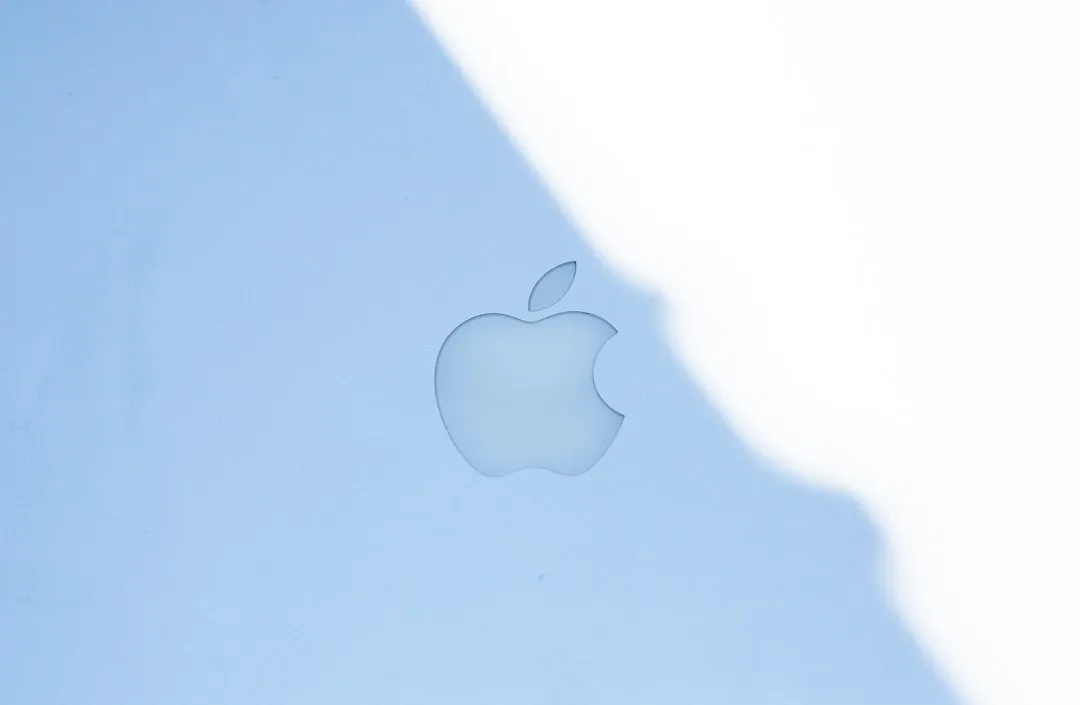

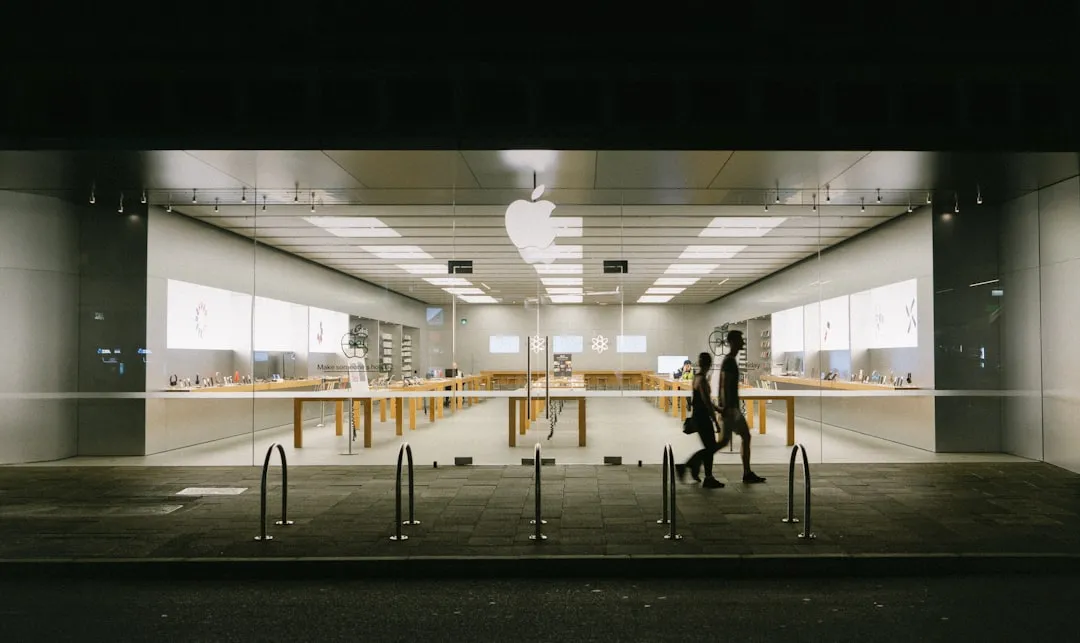
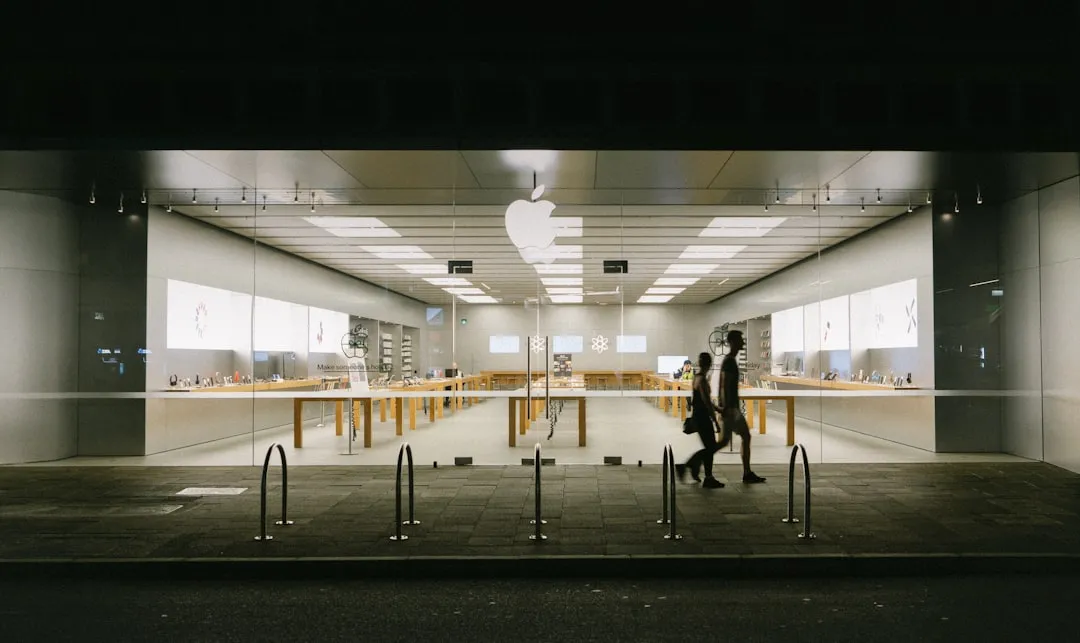


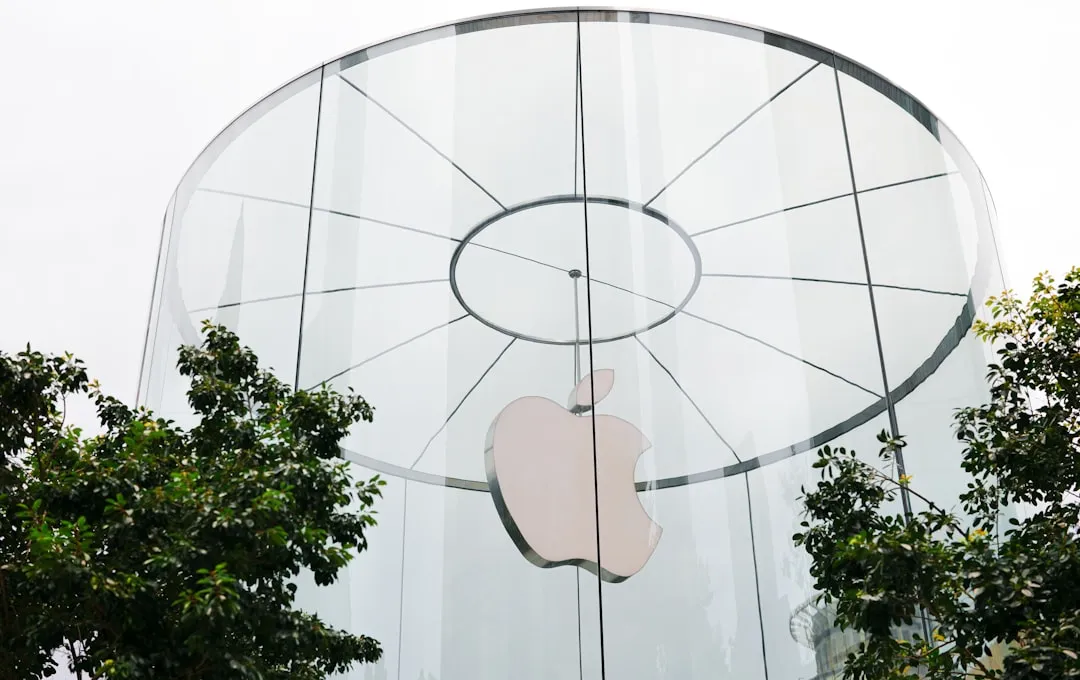
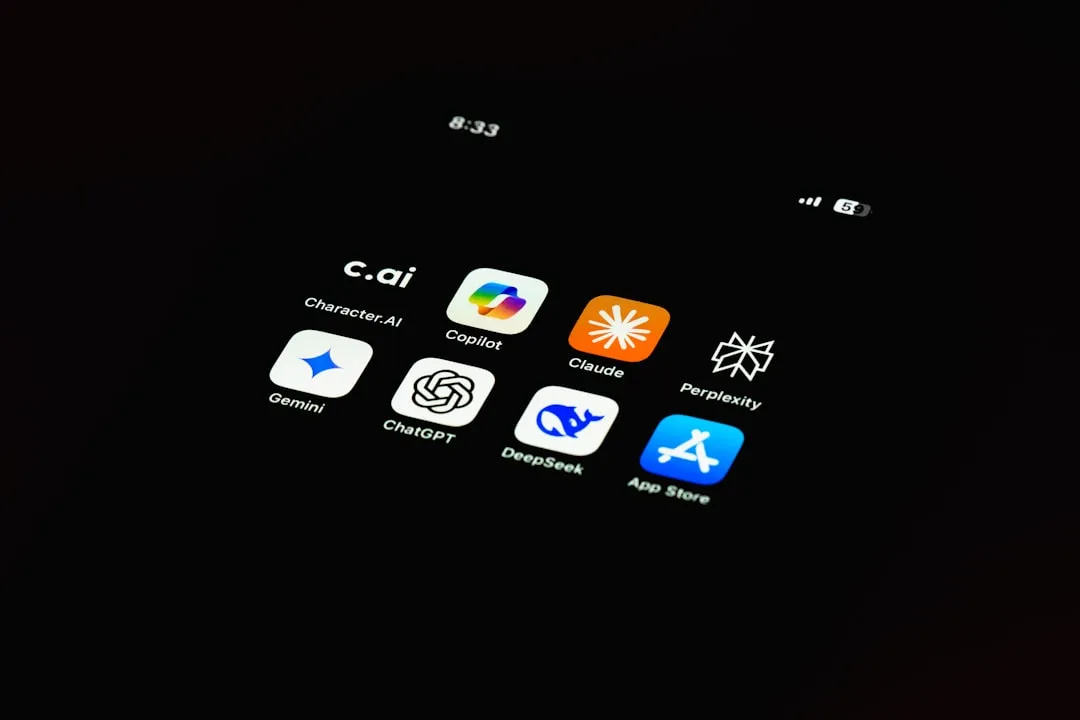








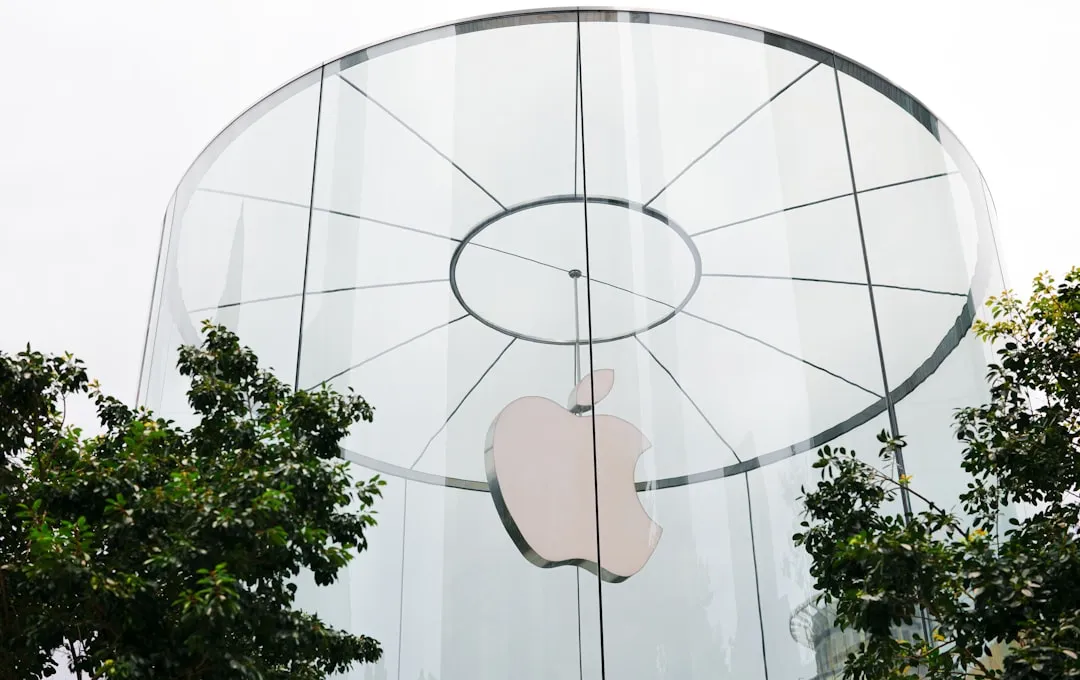
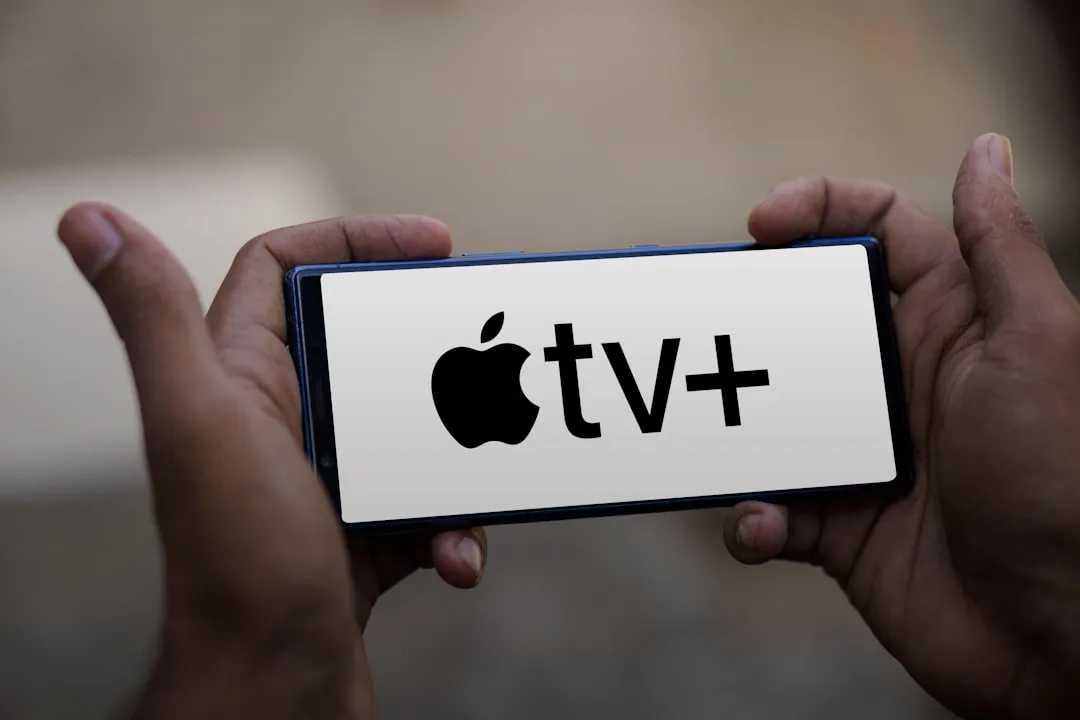


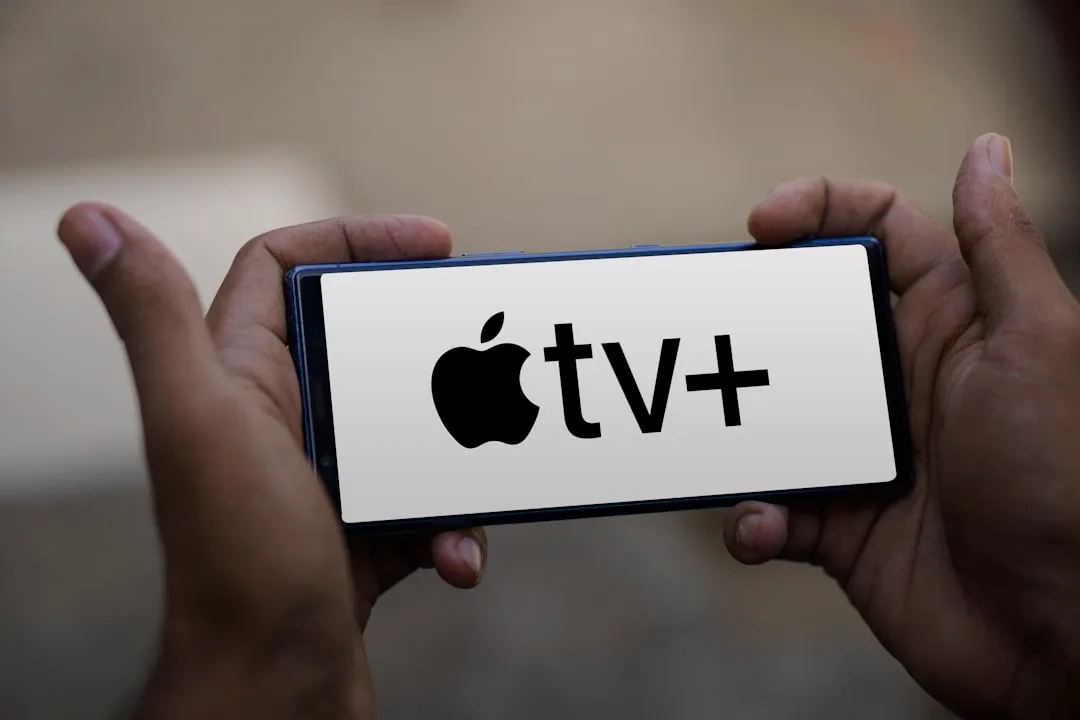
Comments
Be the first, drop a comment!